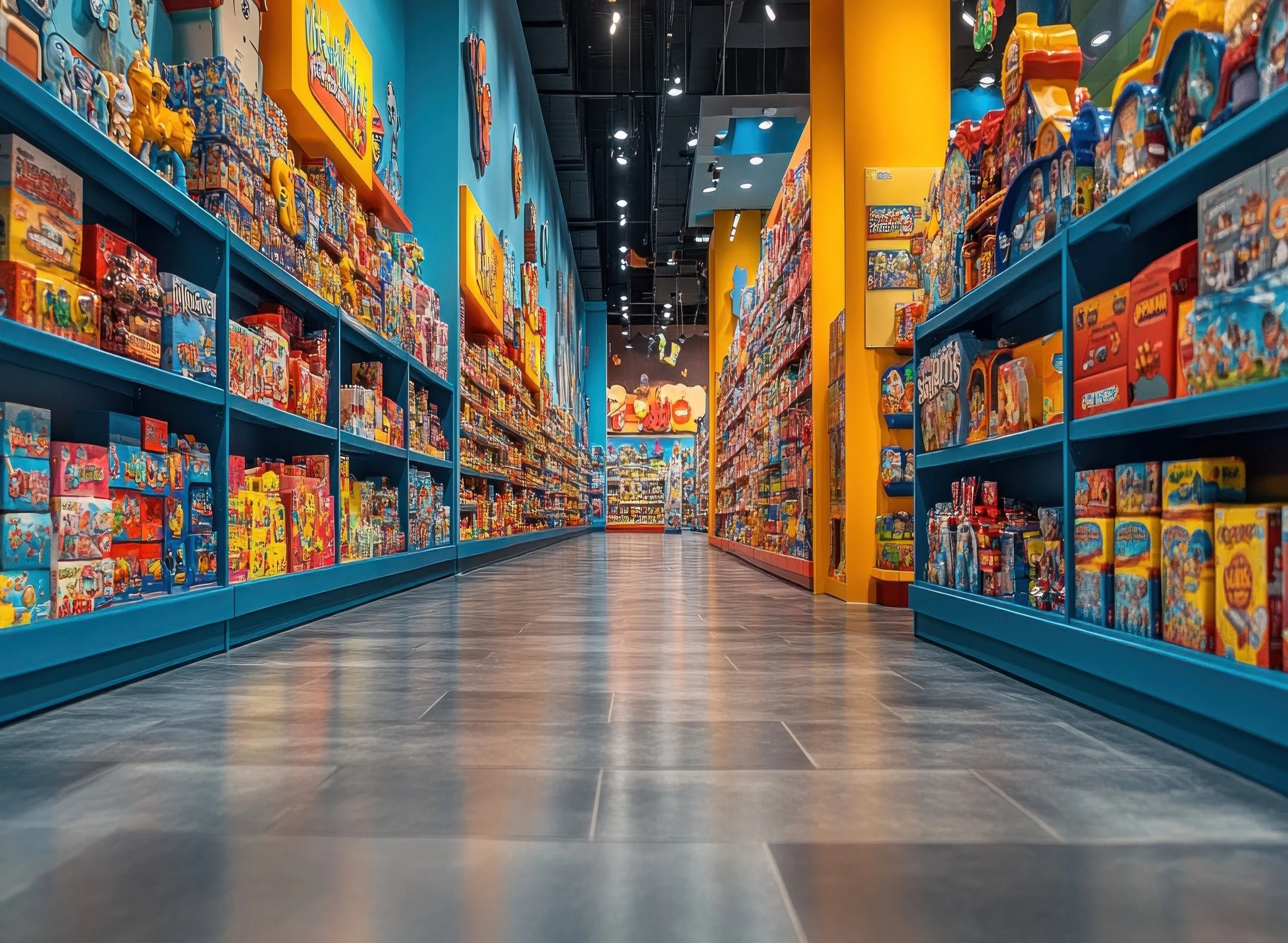
Toy Packaging Design & Safety Regulations in Southeast Asia: Complete Guide 2025
Toy Packaging Design & Safety Regulations in Southeast Asia: Complete Guide 2025
Introduction: Navigate Southeast Asia's Toy Safety Standards
The toy packaging industry has transformed dramatically over six decades - from simple cardboard boxes to sophisticated, digitally-integrated safety systems. But Southeast Asia's fragmented regulatory landscape is creating a dangerous multi-tier market affecting manufacturers, retailers, and consumers across the $4.3 billion toy packaging region.
If you're sourcing toys or packaging products across Southeast Asia, such as Indonesia, Vietnam, Thailand or Malaysia, understanding these regulations isn't just compliance - it's competitive advantage.
Evolution of Toy Packaging: a brief history
The 1960s-1970s: From Basic Cardboard to Visible Product Display
The 1960s marked a first revolution in toy packaging. Toys used to be shipped in basic two-color cardboard boxes - consumers literally purchased blind. Then Fred Bronner Corporation introduced blister packs in 1963, instantly transforming packaging from a simple container into a powerful marketing instrument.
The real turning point? Star Wars in 1977. Toy manufacturers discovered that licensed character packaging drove sales more effectively than the toys themselves. Kids were buying brands, not products. This established the franchise-driven marketing template that dominates the industry today - a lesson still relevant for modern packaging design.
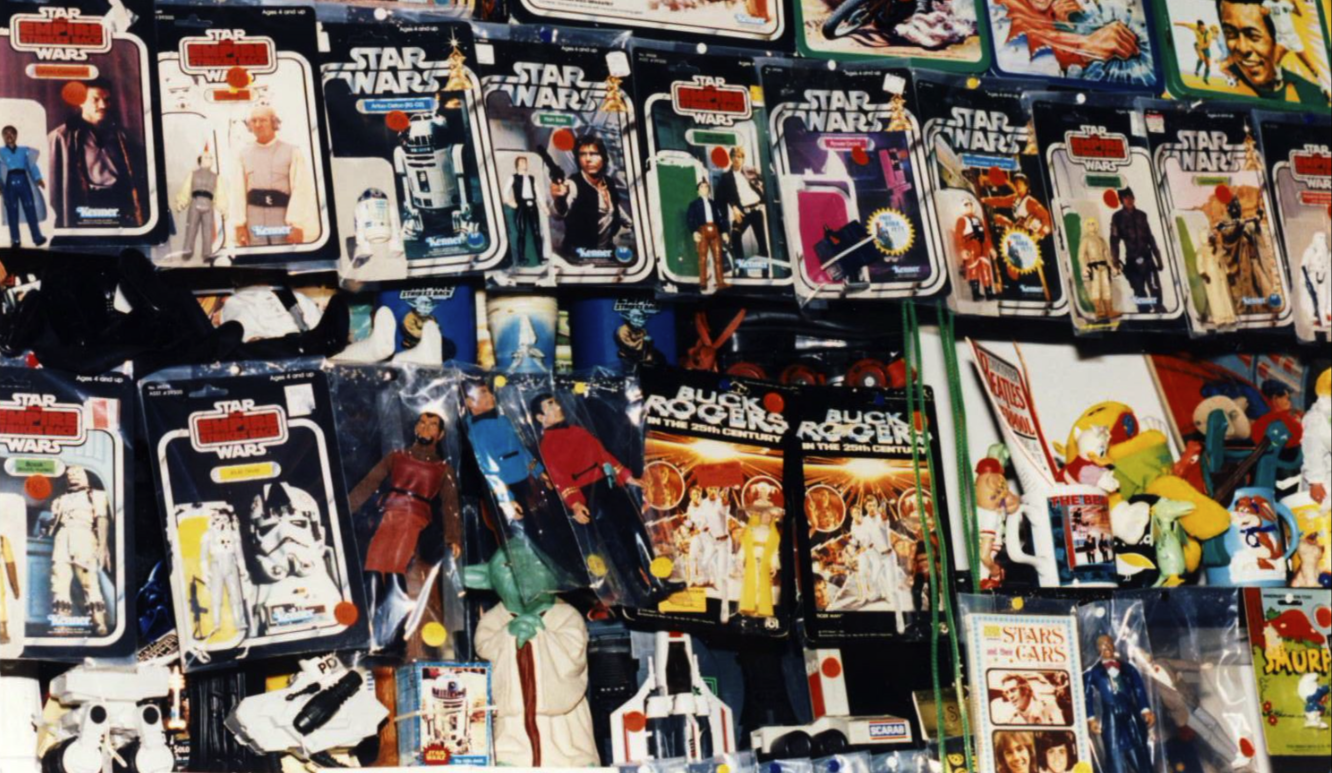
The 1980s-2000s: From Fantasy Artwork to Transparent, Photo-Realistic Packaging
The 1980s brought "fantasy era" packaging - exaggerated G.I. Joe battle scenes and Transformers illustrations showing capabilities the toys couldn't deliver. Consumer backlash was inevitable.
By the 2000s, window boxes and photo-realistic imagery replaced fantasy artwork. "Try Me" buttons became standard. Transparency won the market.
Then came a game-changer: YouTube unboxing videos (circa 2010). Companies like L.O.L. Surprise! and Hatchimals engineered elaborate multi-layer unboxing experiences. Packaging evolved from concealment to theatrical presentation, directly driving consumer engagement and sales.
The 2010s-Present: Sustainable Packaging Meets Digital Integration
Today's toy packaging balances multiple demands:
- Sustainability: LEGO transitioned to paper-based internal packaging
- Digital Integration: QR codes printed on boxes unlock AR experiences and digital assembly guides
- Interactive Design: Kinder Surprise Eggs enable AR games tailored to specific toys, such as Applaydu for mobile platforms.
The tension? Reducing plastic packaging increases shipping damage and theft while raising manufacturing costs. No consensus solution exists - yet.
This is where specialized packaging design partners become invaluable. High-end design firms work with brands to engineer sustainable solutions that don't compromise protection or shelf appeal, balancing environmental responsibility with practical manufacturing realities.
The Toy Recalls That Transformed Toy Safety Standards
Before 2007: Surprisingly Lax Toy Safety Regulations
Before 2007, toy safety regulations were shockingly lenient:
- Lead paint limits: 0.5% until 1977, then 0.06% - still 667 times higher than today's standards
- Third-party testing: Virtually nonexistent
- Traceability: Minimal requirements
August-September 2007: The Crisis That Changed Everything
Between August and September 2007, Mattel recalled over 20 million toys: Sesame Street, Dora the Explorer, Barbie - all tainted with lead paint. The scandal exposed systemic global supply chain failures.
Mattel later revealed that 85% of recalls stemmed from design flaws - not manufacturing defects. This rare corporate acknowledgment permanently shifted liability frameworks.
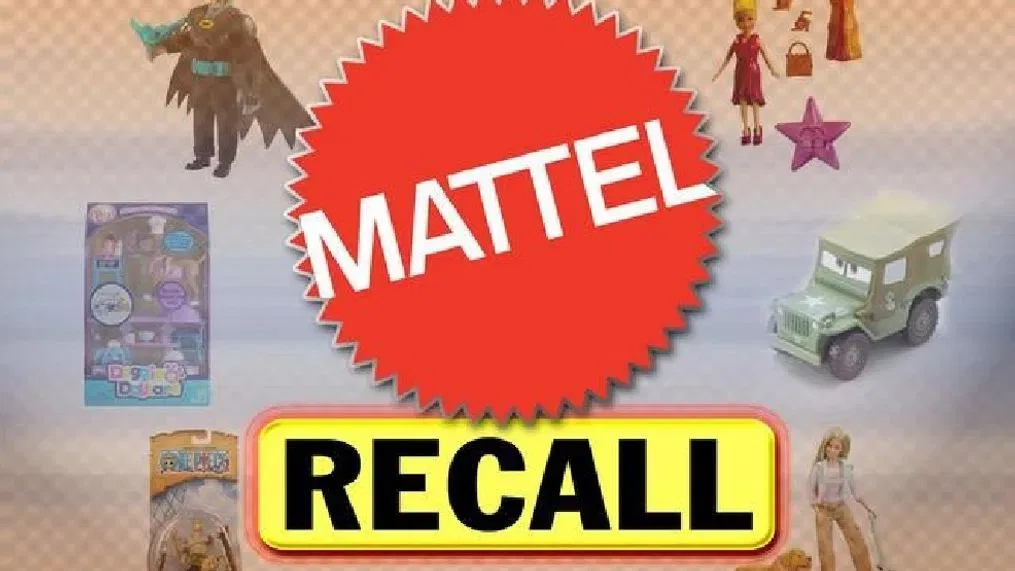
Post-2008: Transformative Regulatory Response
United States: Consumer Product Safety Improvement Act (CPSIA) - August 2008
The legislative response was swift:
- Mandated third-party testing by CPSC-approved laboratories
- Reduced lead content to 90 ppm (from previous levels)
- Banned or restricted six types of phthalates
- Required tracking labels for traceability
- Forced thousands of factories to upgrade processes
Manufacturers called it an "earthquake." Small manufacturers faced extinction. Larger ones absorbed millions in compliance costs.
Europe: 2009 Toy Safety Directive 2009/48/EC
Europe followed with comprehensive regulations:
- Banned cancer-causing, mutagenic, and reprotoxic (CMR) substances
- Expanded EN 71 standards to 13 parts covering mechanical properties, chemical safety, and even olfactory elements
The Compliance Data of 2024
A 2024 study found 80% of toys from platforms like Temu, AliExpress, Amazon Marketplace, Shein, and Wish failed EU standards - exposing the tension between traditional retail's certified supply chains and e-commerce's largely unregulated global marketplace.
This gap creates significant risks for brands sourcing without proper compliance expertise.
Southeast Asia's Regulatory Crisis: Understanding the Three-Tier System
Here's where complexity emerges: Southeast Asia doesn't have one toy safety standard - it has seven different regulatory systems across 11 countries, with four nations operating zero toy-specific regulations. Fortunately, Play Trail’s expertise can help with all of the, let’s go into the details:
Tier 1: Mandatory Pre-Market Certification
Thailand: Southeast Asia's Strictest Toy Safety Standards
Thailand operates Southeast Asia's strictest regulatory regime. Toys require pre-market TISI (Thai Industrial Standards Institute) certification. Products literally cannot enter the market without government approval.
Key requirements:
- Mandatory factory audits
- QR codes with specific dimensions: minimum 10mm x 10mm
- Third-party laboratory testing
- Complete traceability documentation
Benefits: No unsafe toys reach consumers
Cost: 3-6 month market entry timelines and substantial upfront investment
Strategic insight: Designing for Thailand's standards first means your packaging passes muster across all Southeast Asian markets without costly redesigns. But the good news is you don’t have to go through all the testing and paperwork alone. Play Trail’s years of expertise can help with this process to save you both time and budget.
Indonesia: Mandatory SNI Certification with In-Country Testing Requirements
Indonesia requires similar pre-market mandatory SNI (Standar Nasional Indonesia) certification - but adds a critical twist: all testing must occur in Indonesian laboratories.
This creates:
- Substantial cost barriers
- Support for domestic testing industries
- Foreign manufacturer requirements: establish Indonesian business entities, register trademarks, obtain Business Identification Numbers
Testing facility partners: SGS Indonesia, UL Indonesia, Intertek Indonesia (all KAN-accredited)
Navigating complexity: Local knowledge and established relationships are essential. Expert sourcing partners such as Play Trail understand the business registration requirements and potential administrative timelines to safely and quickly navigate through them for you..
Tier 2: Balanced Regulatory Approaches
Malaysia: Flexible Standards with Substantial Penalties
Malaysia requires mandatory MC Mark registration and Certificate of Conformance but - crucially - accepts multiple equivalent international standards: EN 71, ASTM F963, ISO 8124.
This flexibility reduces costs while maintaining safety standards.
Enforcement:
- Documented seasonal raids targeting night markets and e-commerce platforms
- Penalties: up to RM 500,000 for violations
Philippines: Dual-System Oversight
The Philippines implements a unique dual-system requiring:
- PS (Product Standard) Mark or ICC (Import Commodity Clearance) from the Bureau of Philippine Standards
- FDA License to Operate
Multi-agency oversight provides comprehensive coverage but creates administrative complexity. Strategic coordination can help accelerate market entry. The Philippines is one of Play Trail’s homecourt and we are very confident in guiding brands through the dual-system.
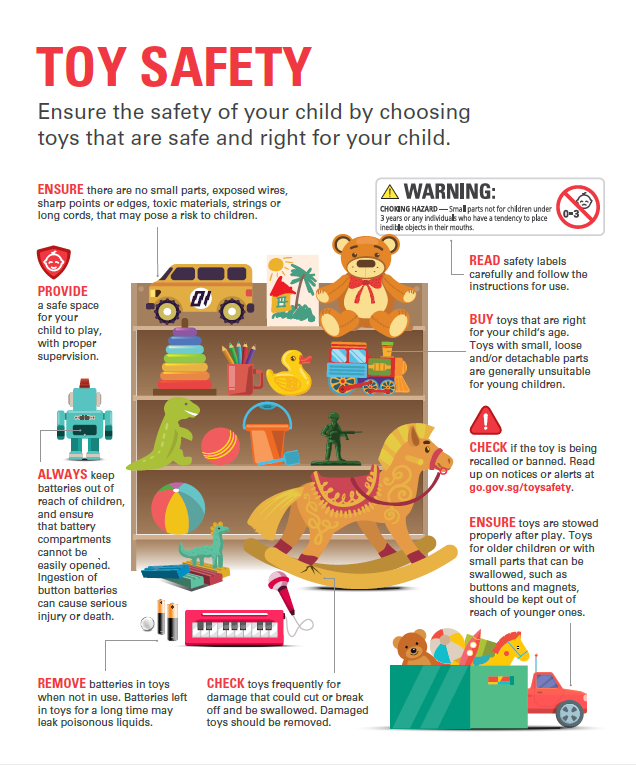
Tier 3: Self-Declaration Model
Vietnam: Modernized Standards with Self-Declaration
Vietnam modernized its standards in 2021 (QCVN 3:2019) but relies on self-declaration of conformity - manufacturers certify compliance without government pre-approval.
Advantages:
- Faster market entry (2-3 months)
- Lower upfront costs
Risk factors:
- Depends entirely on manufacturer good faith
- Enforcement of self-declarations remains moderate
- Future regulatory changes possible
Strategic consideration: Testing infrastructure exists - reputable manufacturers should still pursue third-party validation to mitigate compliance risks. Vietnam is Play Trail’s headquarters and we have spent years cultivating meaningful relationships with suppliers all over the country! If you want to manufacture your toy packaging in Vietnam, there is no better partner than us!
Tier 4: Regulatory Void
Four countries operate with zero toy-specific regulations:
- Myanmar
- Cambodia
- Laos
- Brunei
This affects approximately 180 million people and creates undefined compliance risks for brands. Future regulatory changes could impose retroactive requirements, creating significant reputational and legal exposure. Stay tuned because Play Trail is also keeping an eye on the development of these landscapes and, by subscribing to our newsletter, you will be among the first ones to hear about their evolution!
Market Entry Timelines & Competitive Costs: Southeast Asia Toy Packaging Breakdown
Regulatory fragmentation creates dramatic competitive implications:
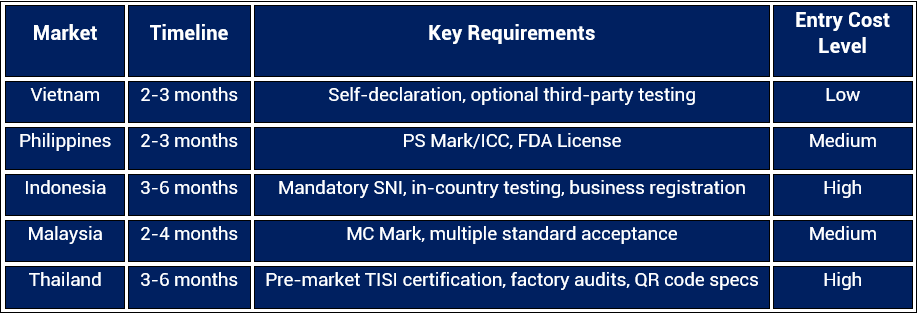
Successful market entry requires understanding not just your target market, but designing packaging that satisfies the most stringent requirements you'll encounter.
Chemical Safety Standards: Southeast Asian Convergence on Safety
All regulated Southeast Asian markets now address similar chemical hazards, though with important variations:
Phthalate Restrictions (Consistent Across Region)
Six types restricted to 0.1% maximum:
- DBP (Dibutyl phthalate)
- BBP (Butyl benzyl phthalate)
- DEHP (Di(2-ethylhexyl) phthalate)
- DINP (Diisononyl phthalate)
- DIDP (Diisodecyl phthalate)
- DNOP (Di-n-octyl phthalate)
Heavy Metal Migration Limits
Eight elements subject to migration restrictions: Lead, Cadmium, Mercury, Arsenic, Chromium, Antimony, Barium, Selenium.
Formaldehyde Restrictions
Formaldehyde is restricted in textile components for toys intended for children under three years.
Regional Variations
- Vietnam: Mandates pH requirements
- Indonesia: Prohibits azo dyes releasing carcinogenic amines
- Thailand: Employs three-tier migration limits
All reference ISO 8124 frameworks - providing standardization foundation.
Strategic Design Solution: Building for Compliance Across Markets
Which standard should you design to? Simple: all of them.
By specifying packaging materials and inks to the most restrictive requirements (Thailand's three-tier system), your products automatically comply across all regulated Southeast Asian markets. This eliminates the need for market-specific reformulations and reduces development timelines.
Why ASEAN Harmonization Remains Missing: A Critical Gap
Despite successfully harmonizing cosmetics (2008) and electrical equipment, toys remain absent from regional standardization efforts.
The Unimplemented Set of Policies
Academic research confirms an "absence of comprehensive children's toys safety legislations within several ASEAN Member States." A proposed ASEAN Children's Toys Safety Policy remains unimplemented.
Market Inefficiencies This Creates
- Manufacturers navigate seven different regulatory systems simultaneously
- Products meeting Thai standards cannot automatically enter Indonesian or Malaysian markets
- Vietnam's self-declaration creates competitive advantages for compliance-risk-willing companies
- Unregulated markets enable substandard products that potentially reach regulated markets through informal trade
Timeline Expectations
Comprehensive ASEAN harmonization likely remains 5-10 years away. Until then, brands need partners excelling at complexity management.
Competitive advantage: Rather than waiting for ASEAN harmonization, you can start working with Play trail today, and together we can create strategic brand designs that meet the highest standards, building margin for future requirements.
How Play Trail Simplifies Toy Packaging Sourcing Across Southeast Asia
Navigating Southeast Asia's fragmented toy safety regulations doesn't have to be a compliance nightmare. Play Trail goes beyond traditional sourcing expertise by offering an integrated solution specifically designed for this complex landscape.
The Traditional Sourcing Problem
Most brands manage toy sourcing through fragmented supplier networks:
- Separate sourcing agents
- Independent packaging manufacturers
- External compliance consultants
- Regional regulatory experts
Result? Coordination inefficiencies, communication gaps, and costly compliance delays.
The Play Trail Integrated Solution
As a dedicated sourcing expert in the toy industry, Play Trail understands the regulatory maze across all Southeast Asian markets. Our end-to-end packaging sourcing services ensure your products meet safety requirements across:
- Vietnam's evolving standards
- Indonesia's in-country testing mandates
- Thailand's stringent pre-market certification
- Philippines' dual-agency requirements
The Real Differentiator: Integrated Packaging Design
Play Trail's network of sister companies specializes in high-end, modern packaging design engineered for regulatory compliance. These design partners:
- Create aesthetically compelling packaging
- Engineer solutions aligned with each market's specific safety requirements
- Manage multilingual labeling requirements across different countries
- Ensure chemical safety compliance across all markets
- Implement regulatory marking standards correctly
What Play Trail Coordinates
- Ensuring traceability through labeling and marking requirements
- Identifying compliant suppliers
- Sourcing quality products
- Designing packaging satisfying regional safety standards
- Managing compliance documentation
Immediate Business Benefits
Faster Market Entry
- No regulatory delays from packaging non-compliance
- Compressed timelines compared to sequential market entry
Lower Total Costs
- Single-point coordination eliminates coordination inefficiencies
- Avoid costly redesigns at country-specific entry points
- Reduce administrative overhead
Premium Brand Positioning
- High-end design signaling quality while meeting safety standards
- Professional compliance presentation building consumer trust
Risk Mitigation
- Built-in compliance expertise prevents costly recalls
- Minimize regulatory fines and reputational damage
- Comprehensive documentation for legal defensibility
The Future: Smart Partnerships in Evolving Markets
Southeast Asia's toy packaging regulatory landscape continues evolving. Having a sourcing partner who understands both product sourcing and packaging compliance isn't optional - it's an essential competitive advantage.
Play Trail doesn't just help you source toys. We help you source toys responsibly, safely, and beautifully across a region where one-size-fits-all approaches no longer work.
The toy packaging industry's next transformation isn't about regional harmonization - it's about smart partnerships turning regulatory complexity into competitive advantage.
Contact Play Trail today for a free consultation. Let's build compliant, beautiful packaging that scales across Southeast Asia, together.


Hợp tác với chúng tôi




















